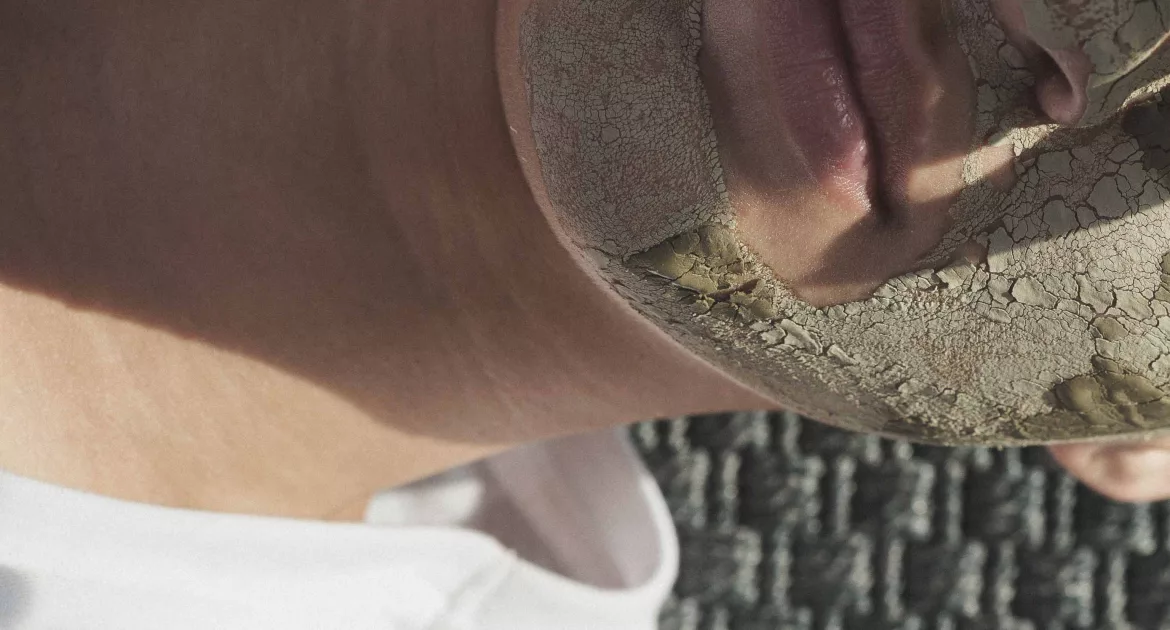Skin health is a clear reflection of our body’s internal wellness. It’s our body’s largest organ and one of its most valuable assets. So, when it comes to differentiating between dry skin and dehydrated skin, it’s important to understand the signs and symptoms of each to provide the right care and nourishment.
Dry Skin vs. Dehydrated Skin: Understanding the Difference
Firstly, let’s clear the air on one common misconception: dry skin and dehydrated skin are not the same things. Yes, you read that right. They are two different skin conditions, each with its unique characteristics, causes, and care routines.
Dry skin is a skin type that lacks oil. It often exhibits a rough texture and can be a chronic condition persisting from childhood into old age. It may be genetic or a symptom of systemic diseases like hypothyroidism, dermatitis, and diabetes.
Dry skin is a skin type, which means it’s largely determined by genetics and hormonal changes. It’s characterised by a lack of oil or lipids. People with dry skin tend to have nearly invisible pores, a dull rough complexion, red patches, and their skin is less elastic and more prone to visible lines.
Signs of dry skin include:
- Rough, scaly, or flaking skin
- Itchy skin
- Cracks in the skin, which may be deep and bleed
- A feeling of skin tightness, especially after showering, bathing, or swimming
- Skin that looks and feels rough
Dehydrated skin, on the other hand, is a skin condition characterised by lack of water. It can appear dull and may show signs of ageing like fine lines, wrinkles, and sagging due to its inability to retain moisture properly. Factors like weather and seasonal changes, unhealthy diet, and lifestyle choices such as alcohol or caffeine consumption can all lead to dehydrated skin. Even indoor heating and air conditioning can further dry out your skin.
Signs of dehydrated skin include:
- Dull or sallow skin
- Fine lines or wrinkles
- Sensitivity
- Tightness or tautness
- Dark circles under the eyes
While both dry and dehydrated skin can feel flaky, itchy, and sensitive, the primary difference between the two is that dehydrated skin lacks water and can feel tight, whereas dry skin lacks oil and can feel rough to the touch.
How to Care for Your Skin
Regardless of whether your skin is dry or dehydrated, it’s essential to take steps to restore its health. For dry skin, consider incorporating oil-based products into your skincare routine. For dehydrated skin, on the other hand, aim to address the underlying hydration issue by drinking plenty of water and using skincare products designed to lock in moisture.
Remember, understanding your skin is the first step to taking care of it. If you’re unsure about your skin type or condition, it’s best to consult with a dermatologist or a skincare professional.
Whether you’re dealing with dry skin or dehydrated skin, remember that your skin is a reflection of your overall health. So, make sure to keep your body hydrated, maintain a healthy diet, and nurture your skin with the care it deserves.
*Please note that this article provides general information and may not apply to specific individual cases. Always consult with a healthcare provider for personalised advice.*







